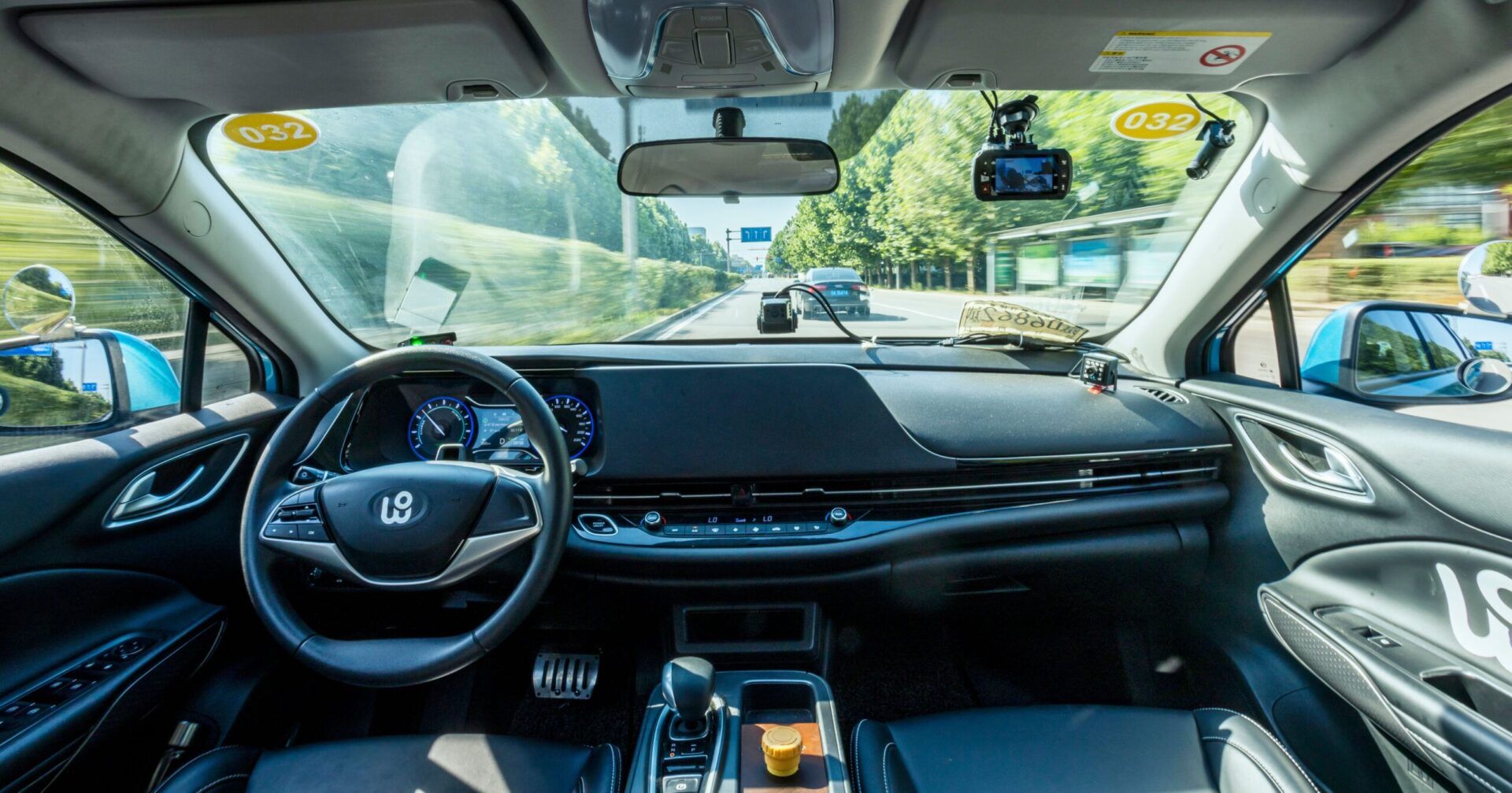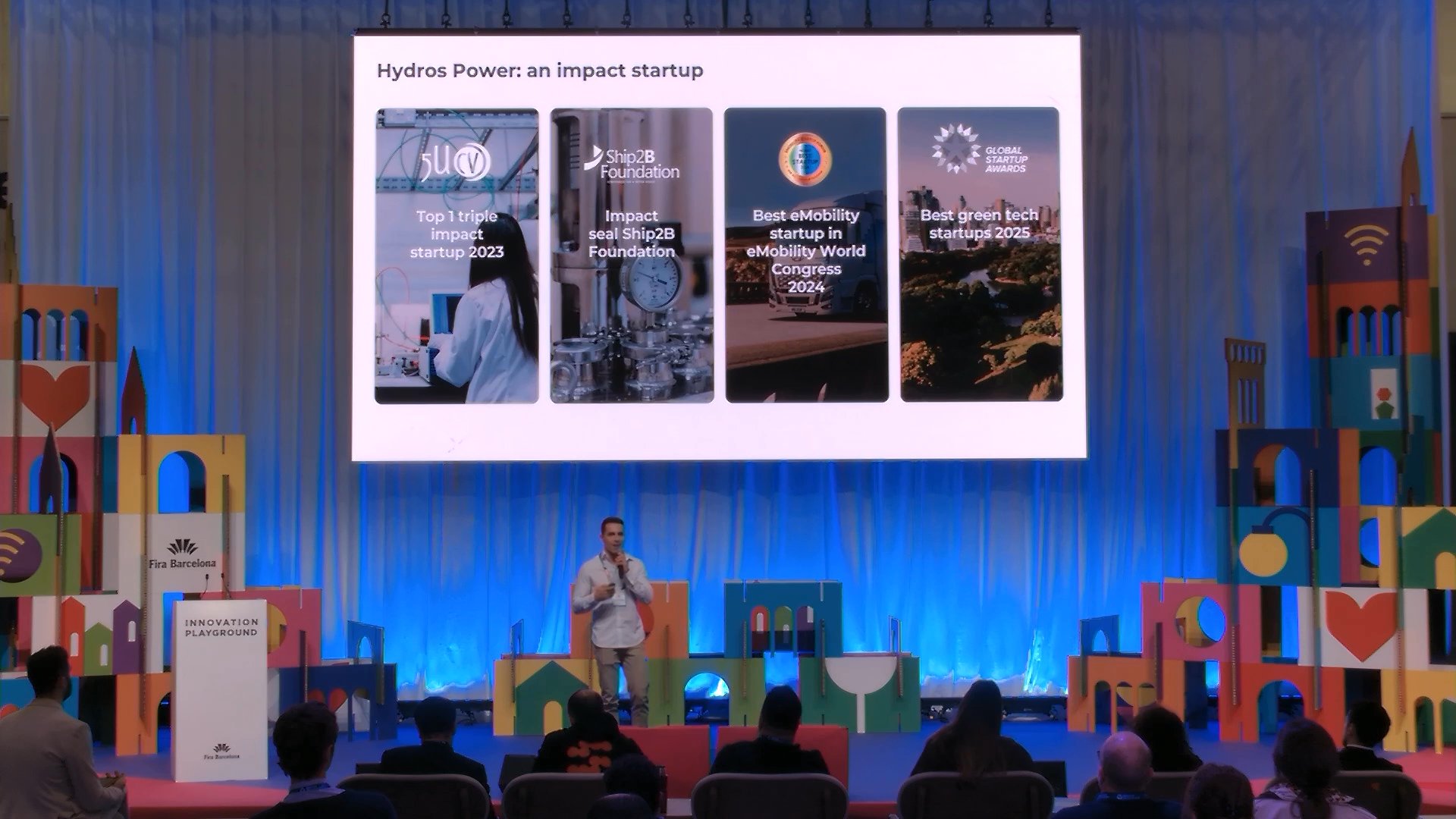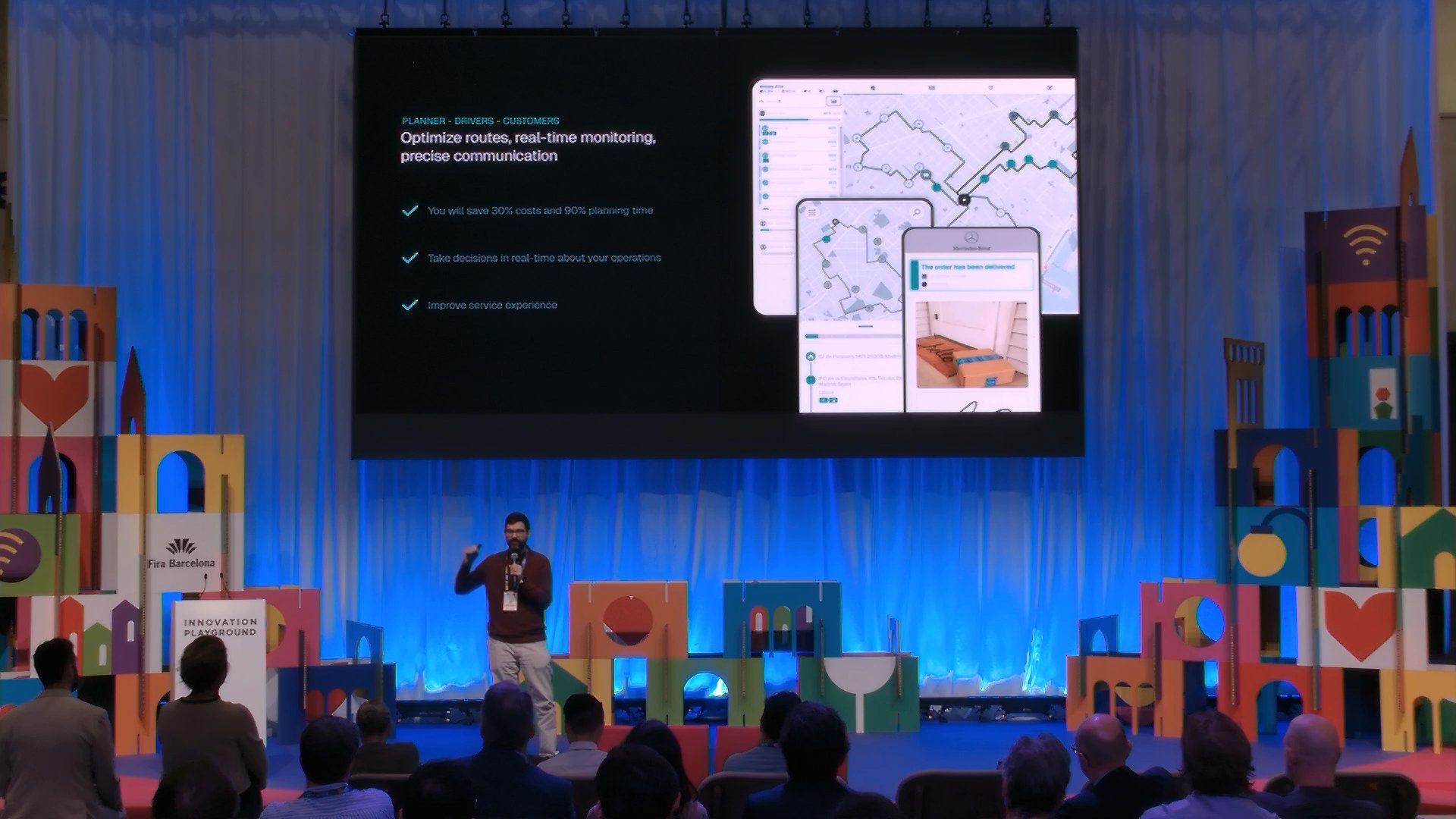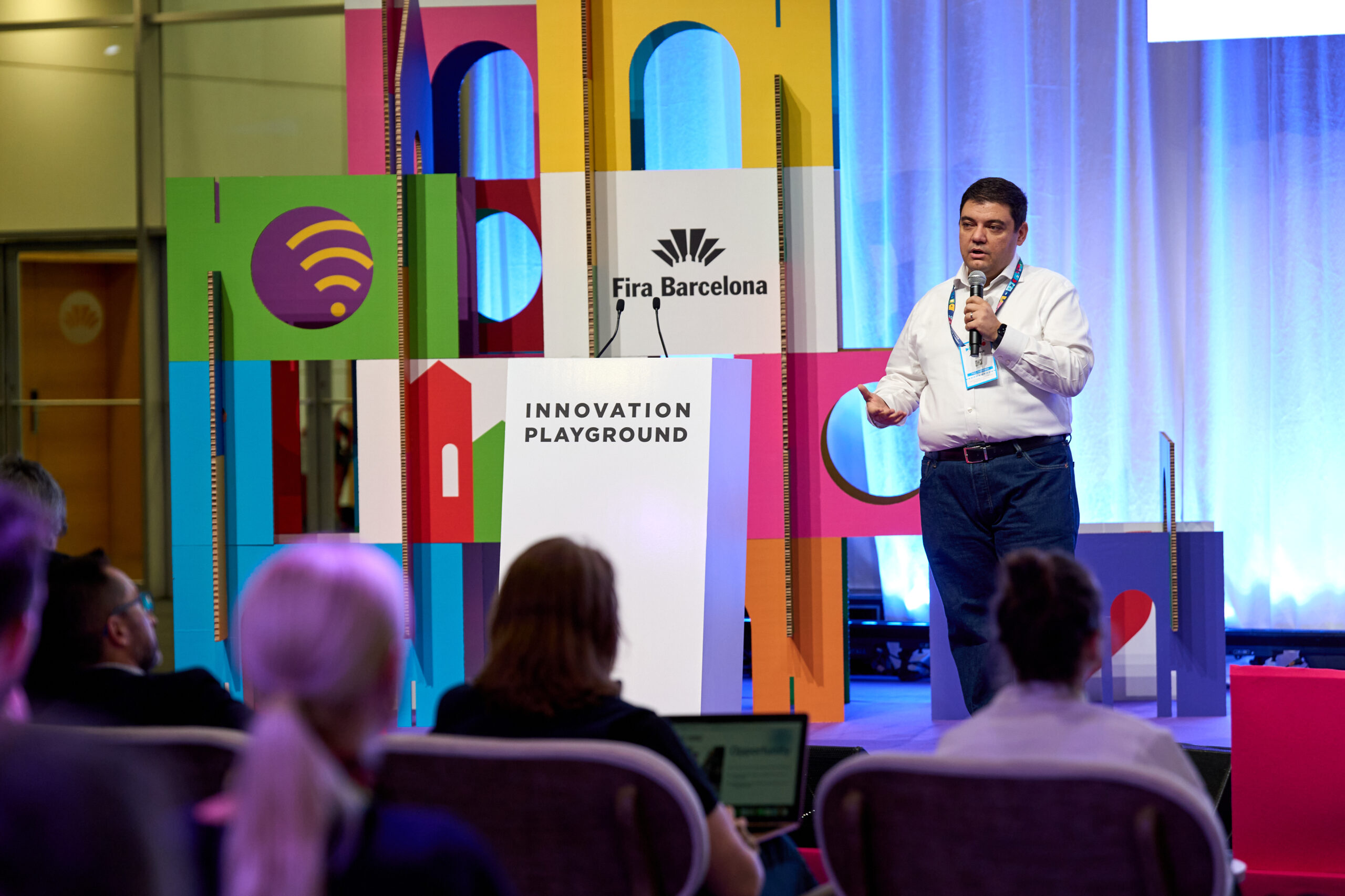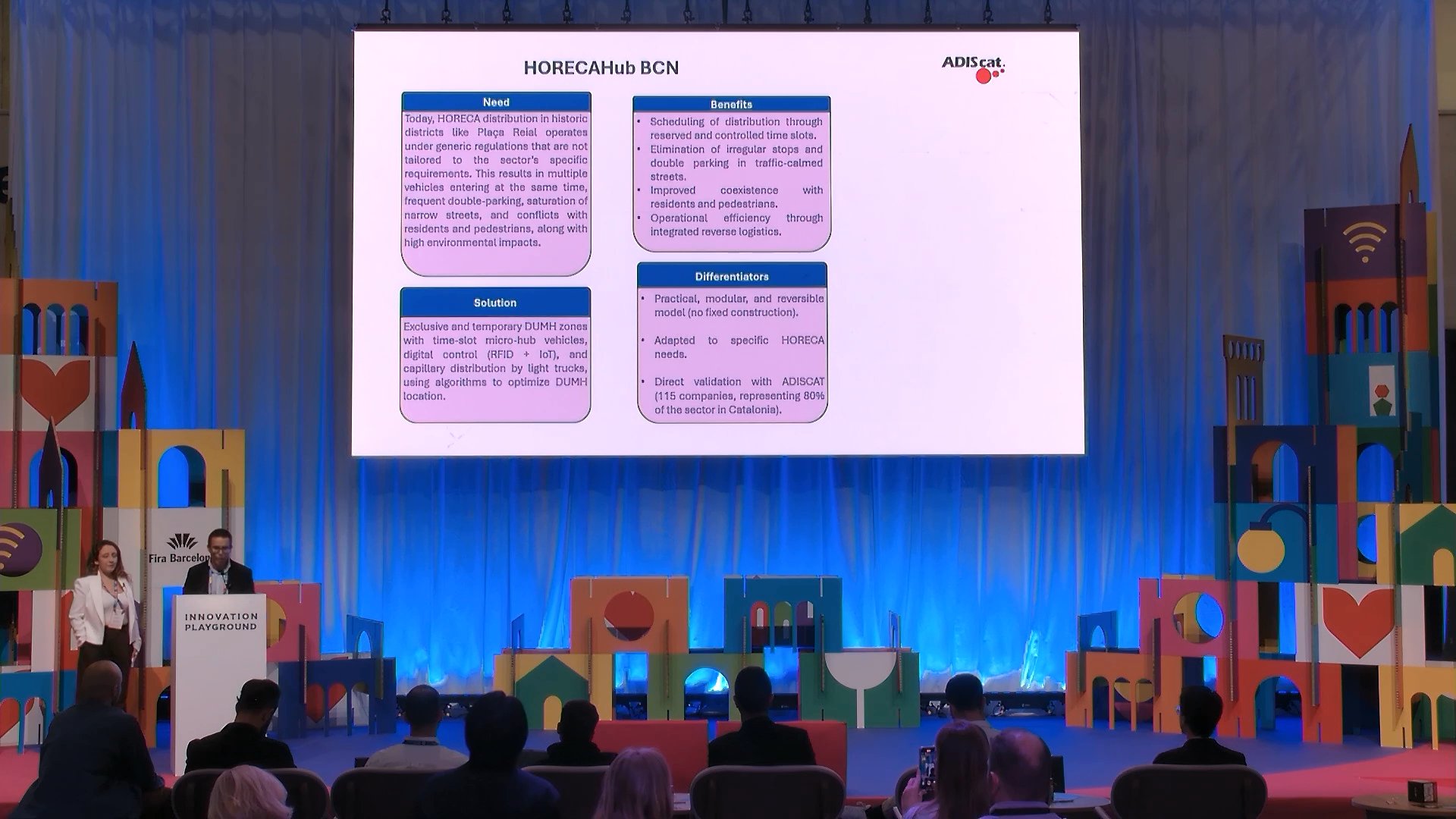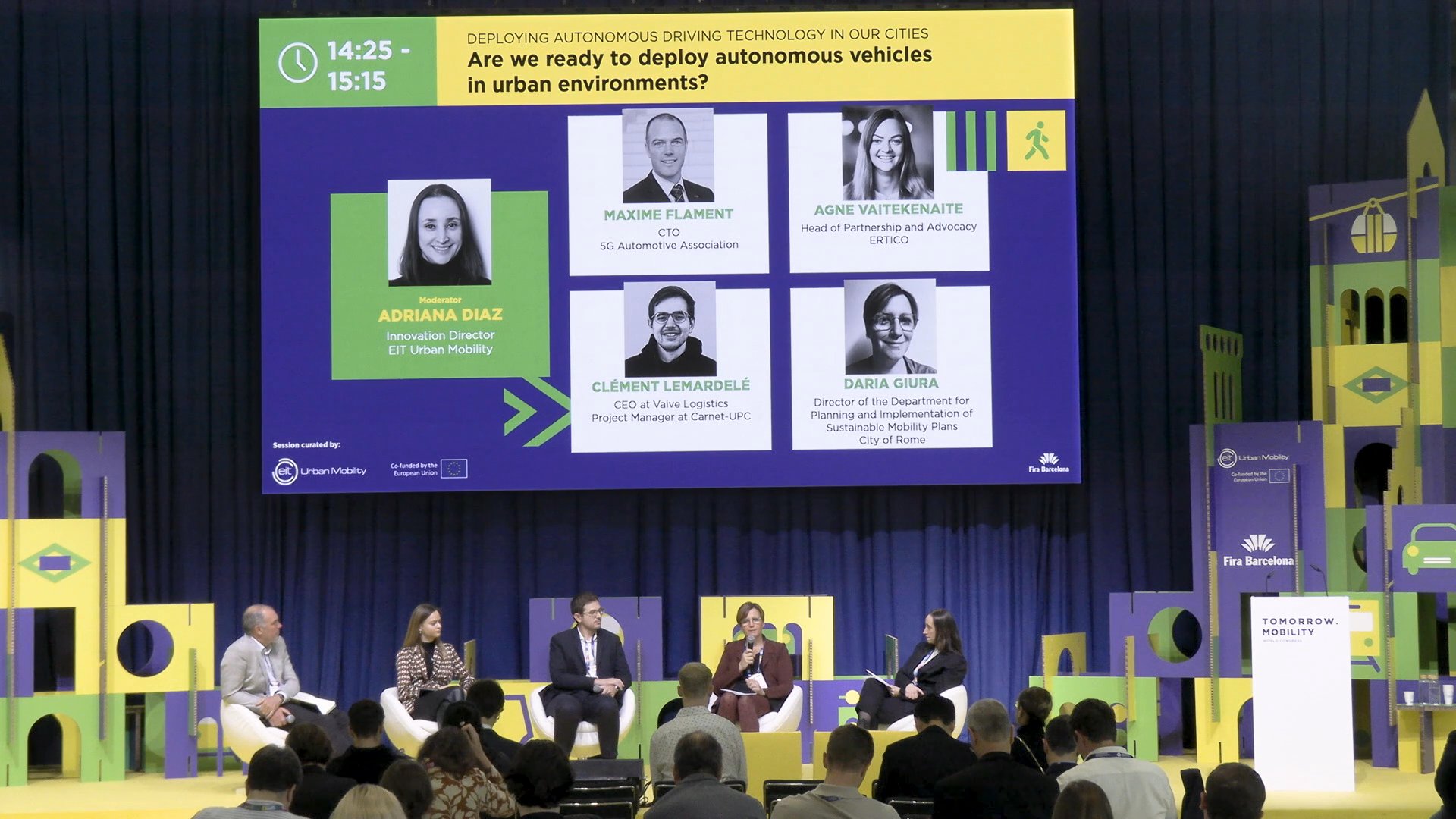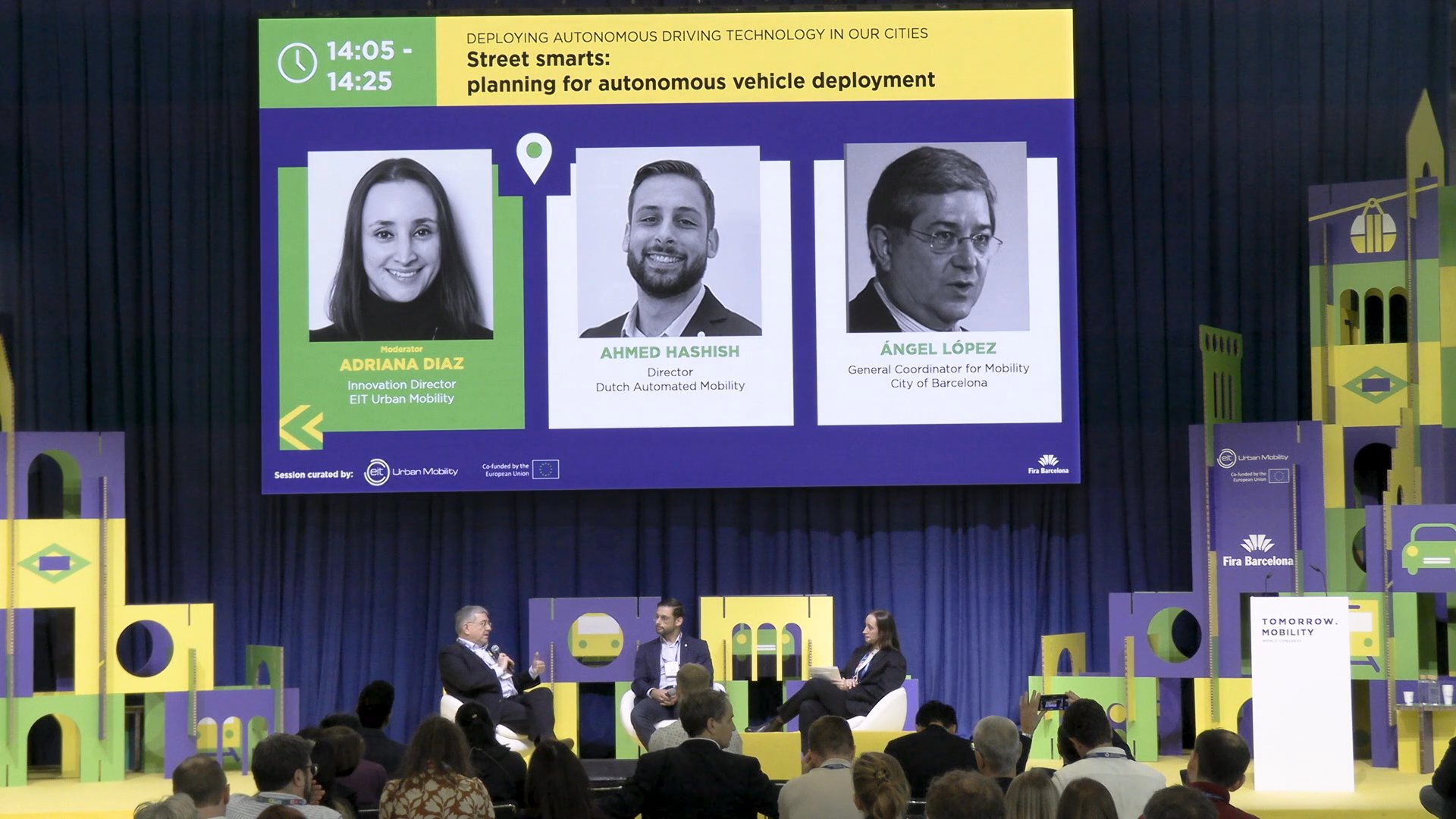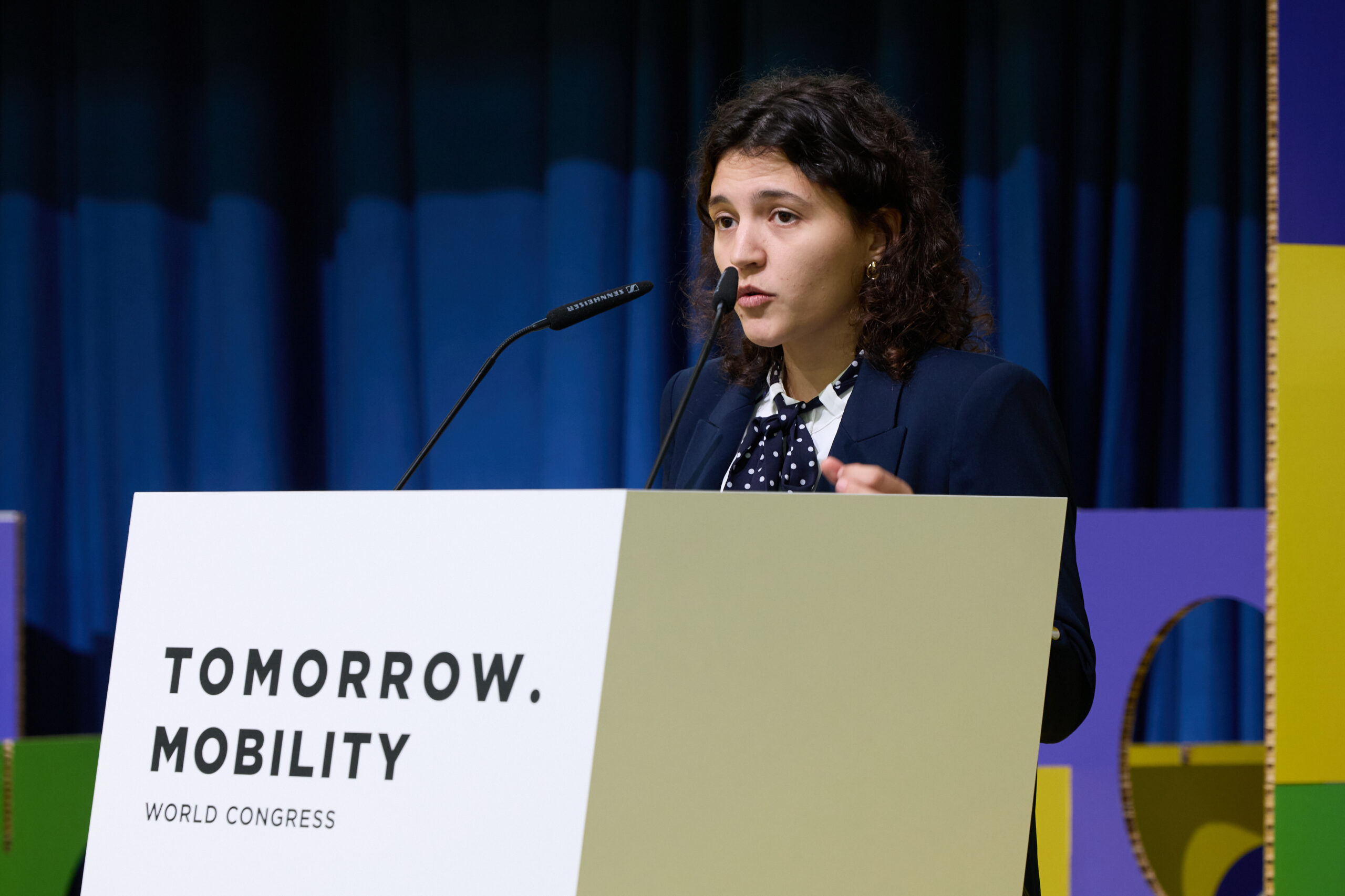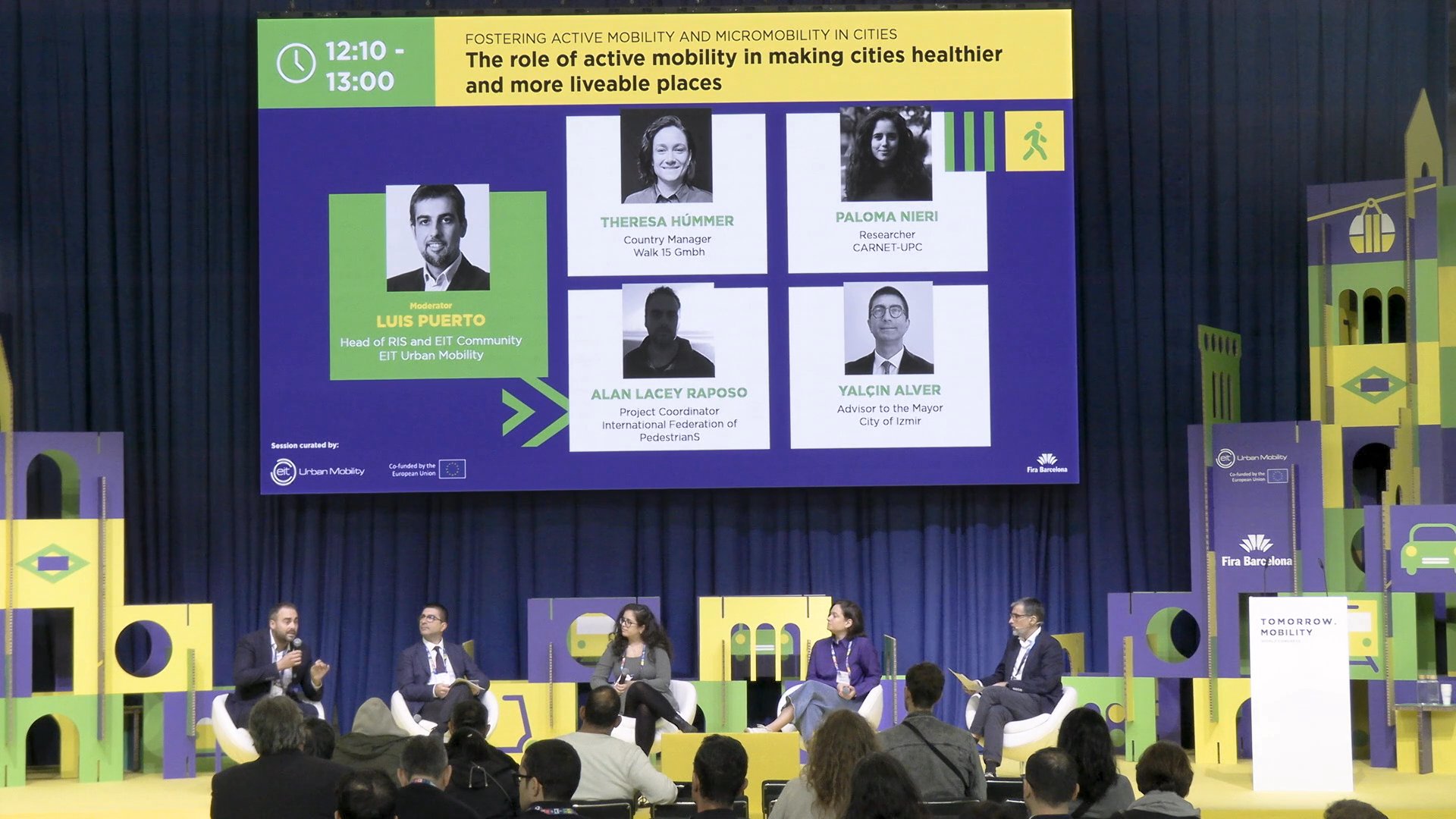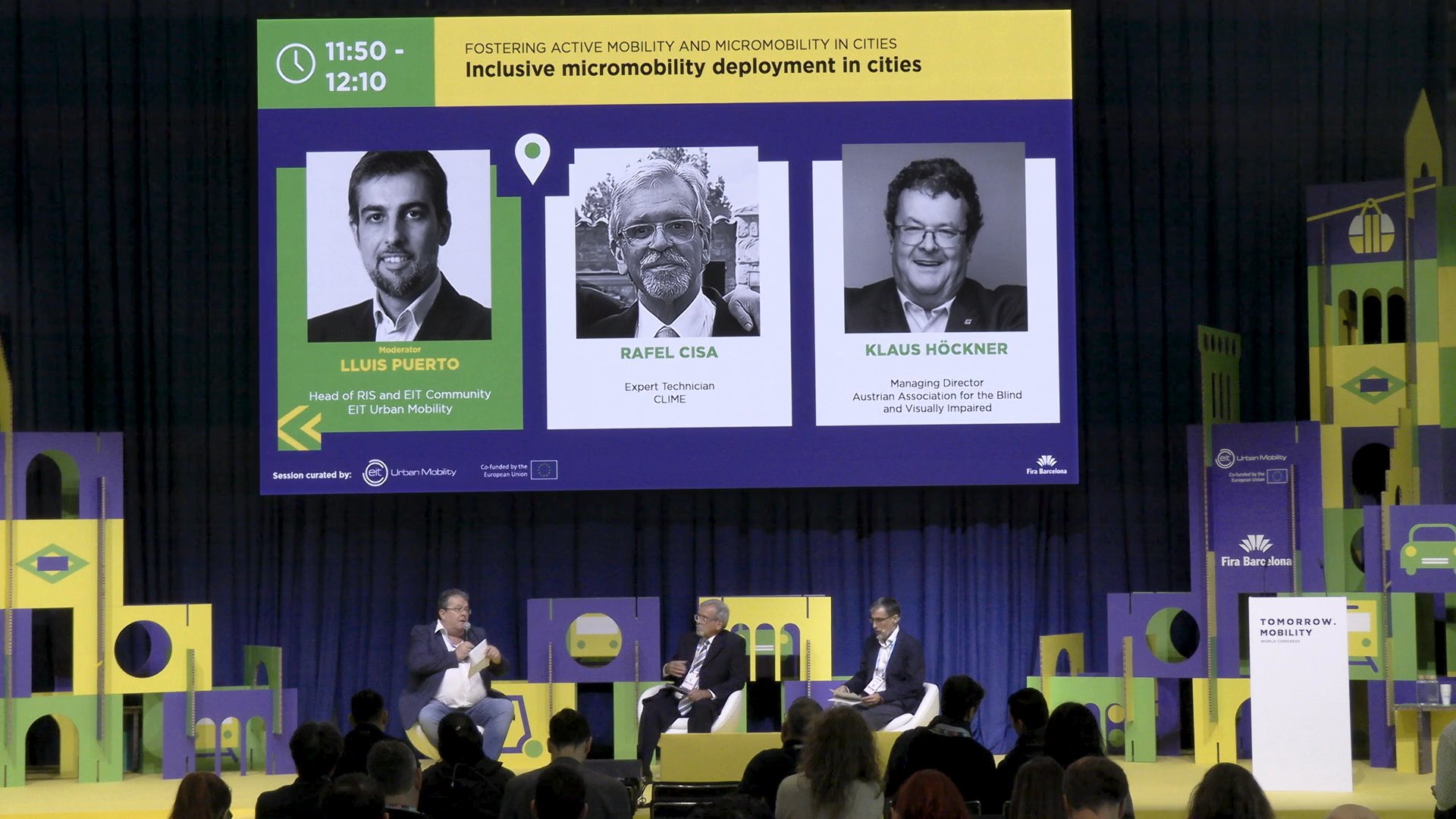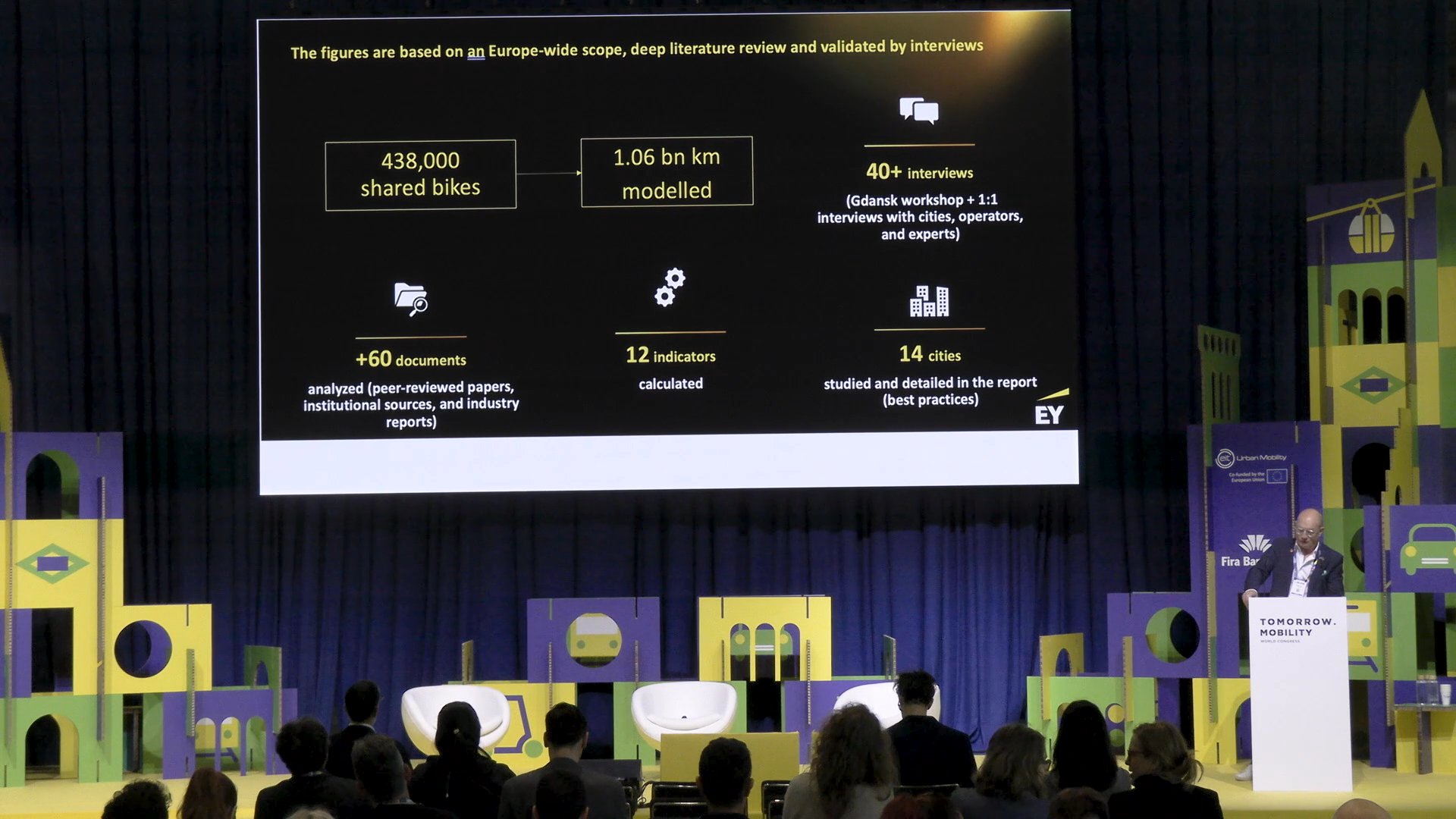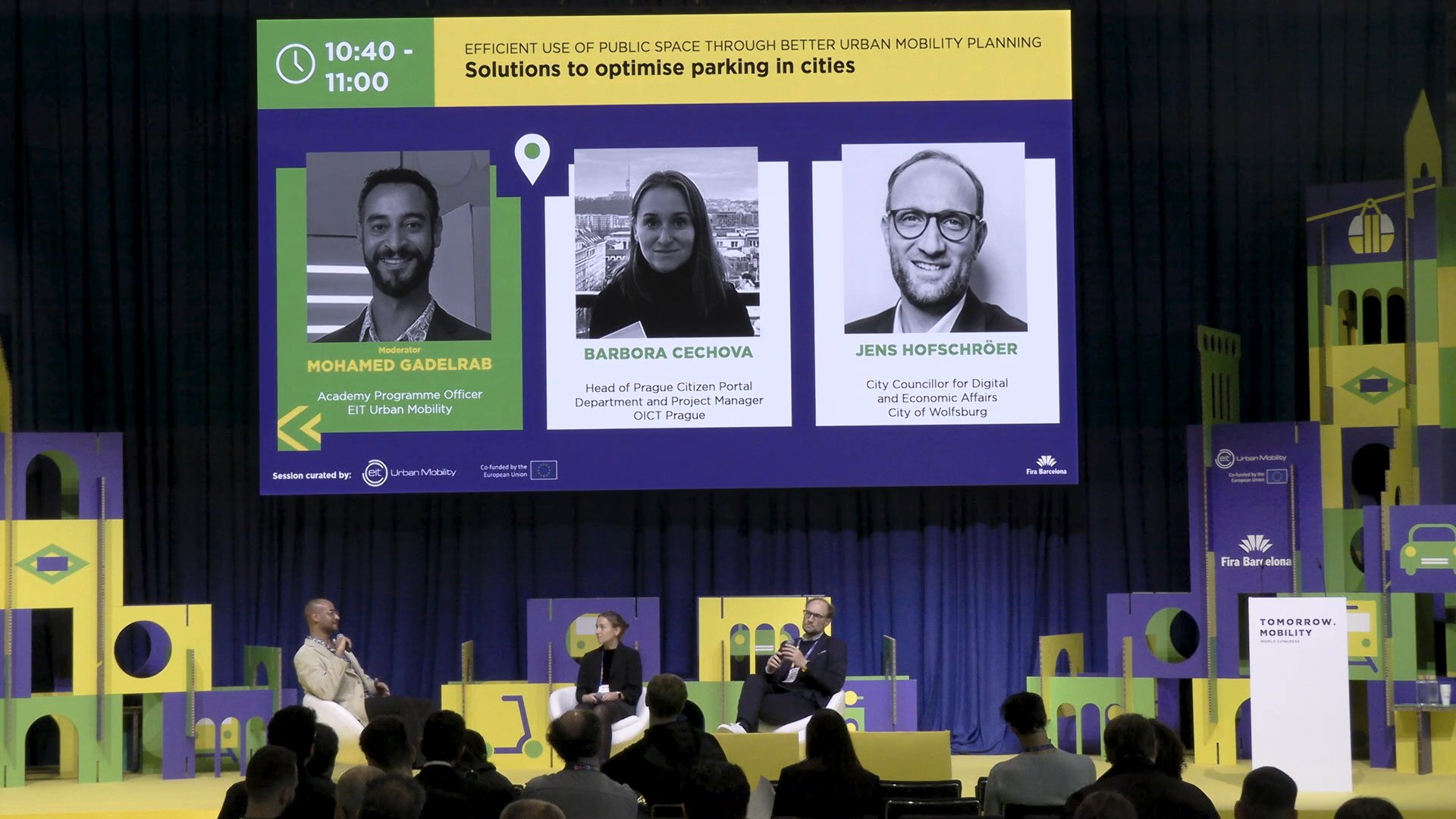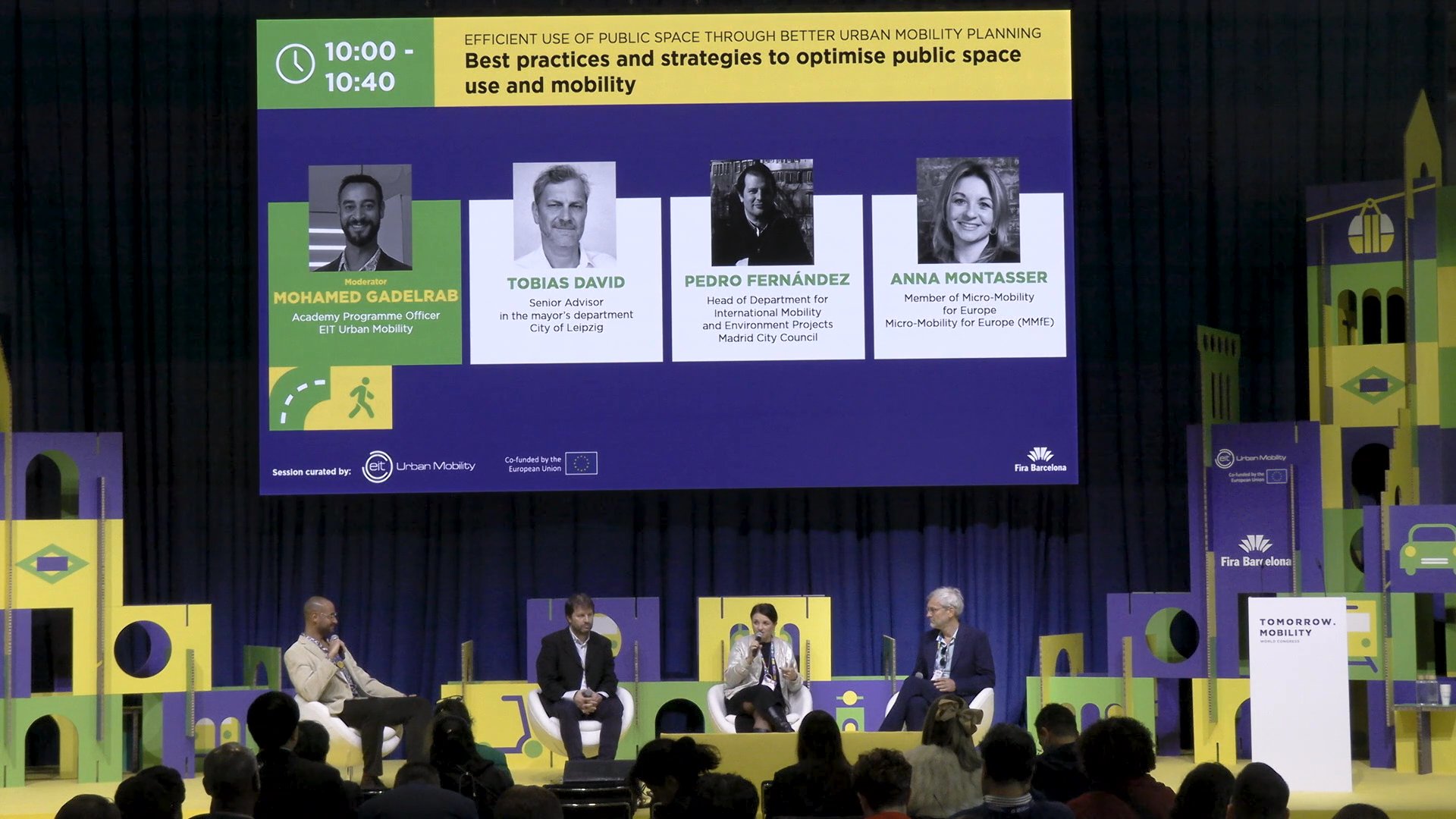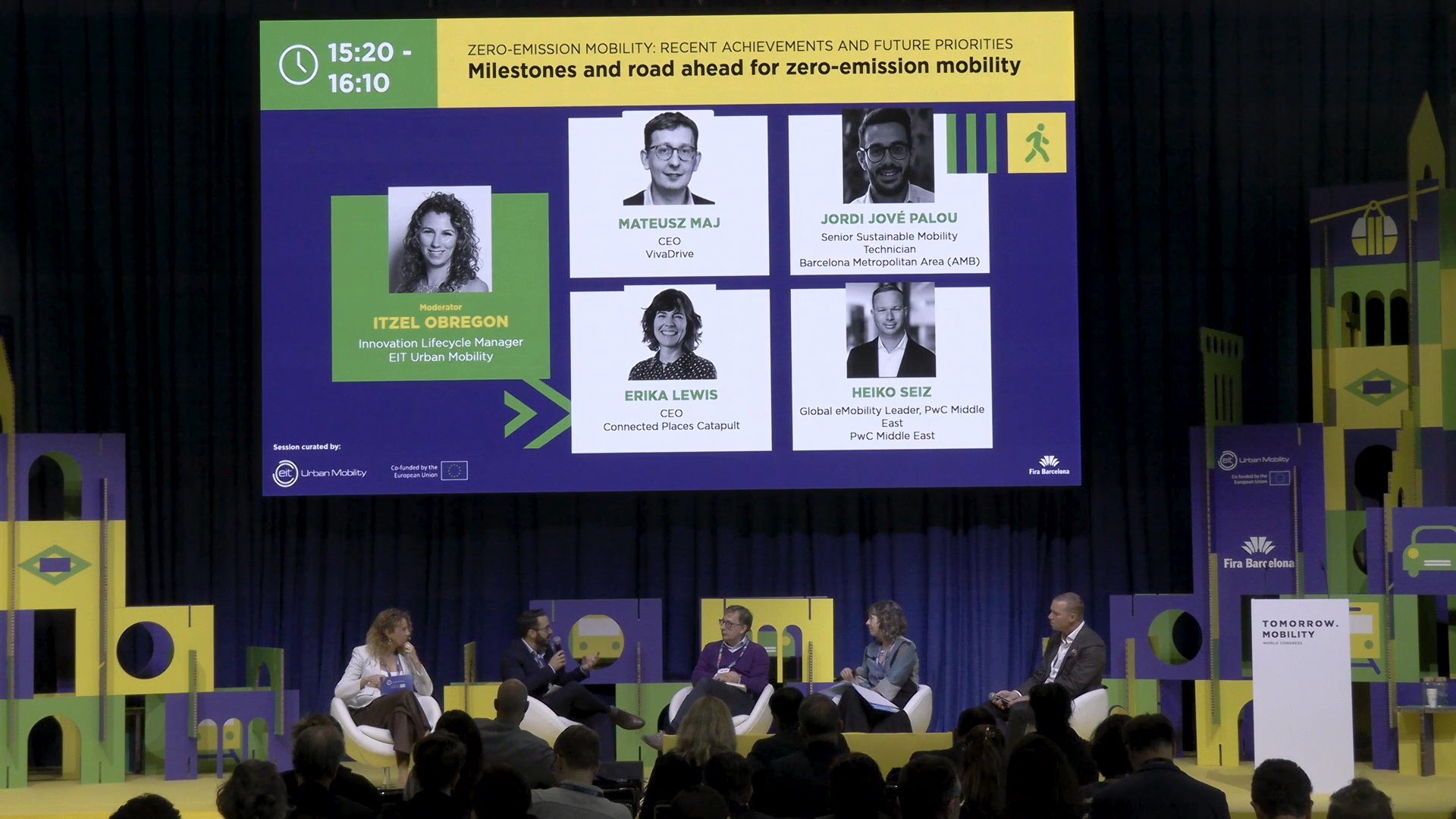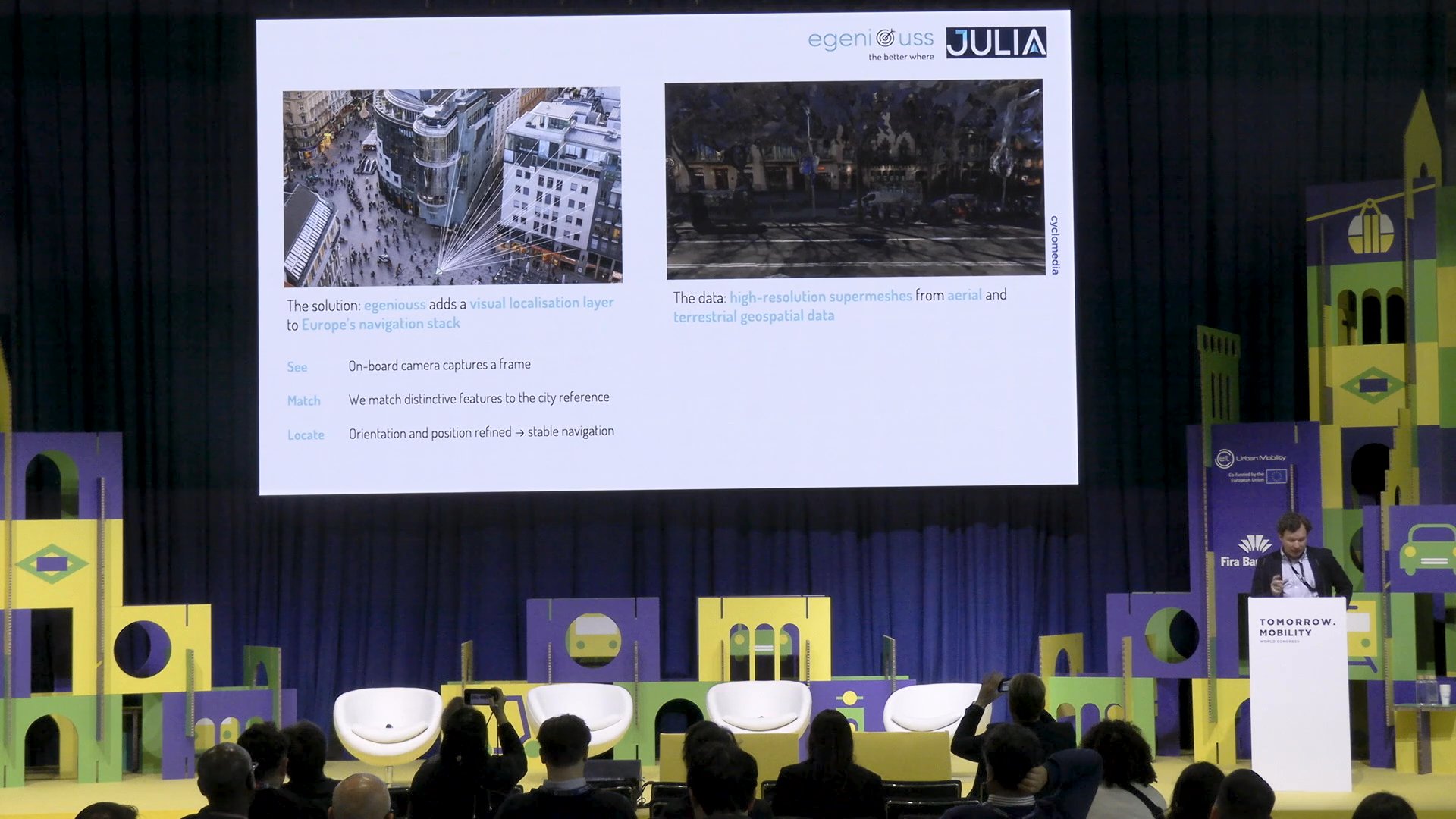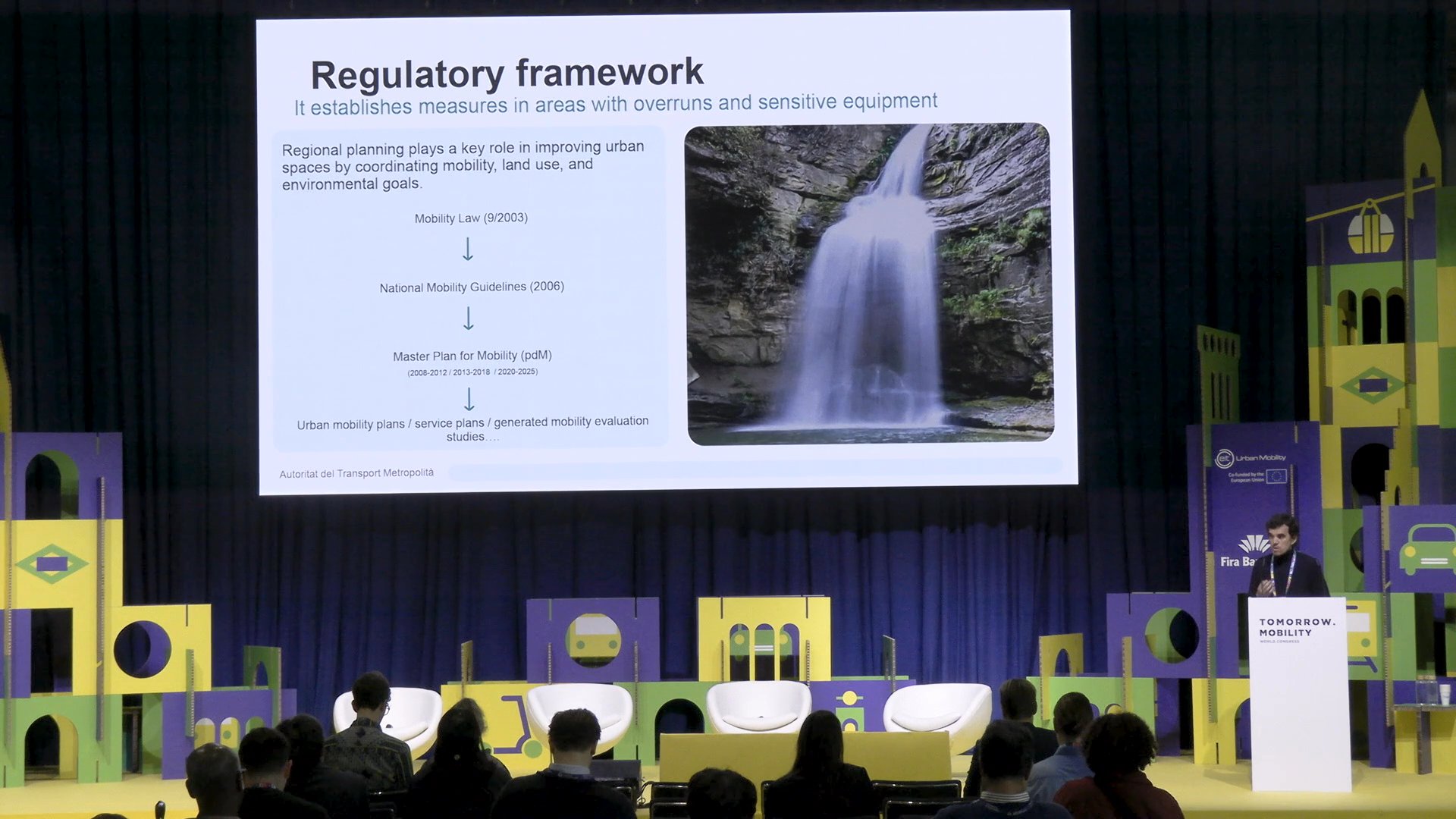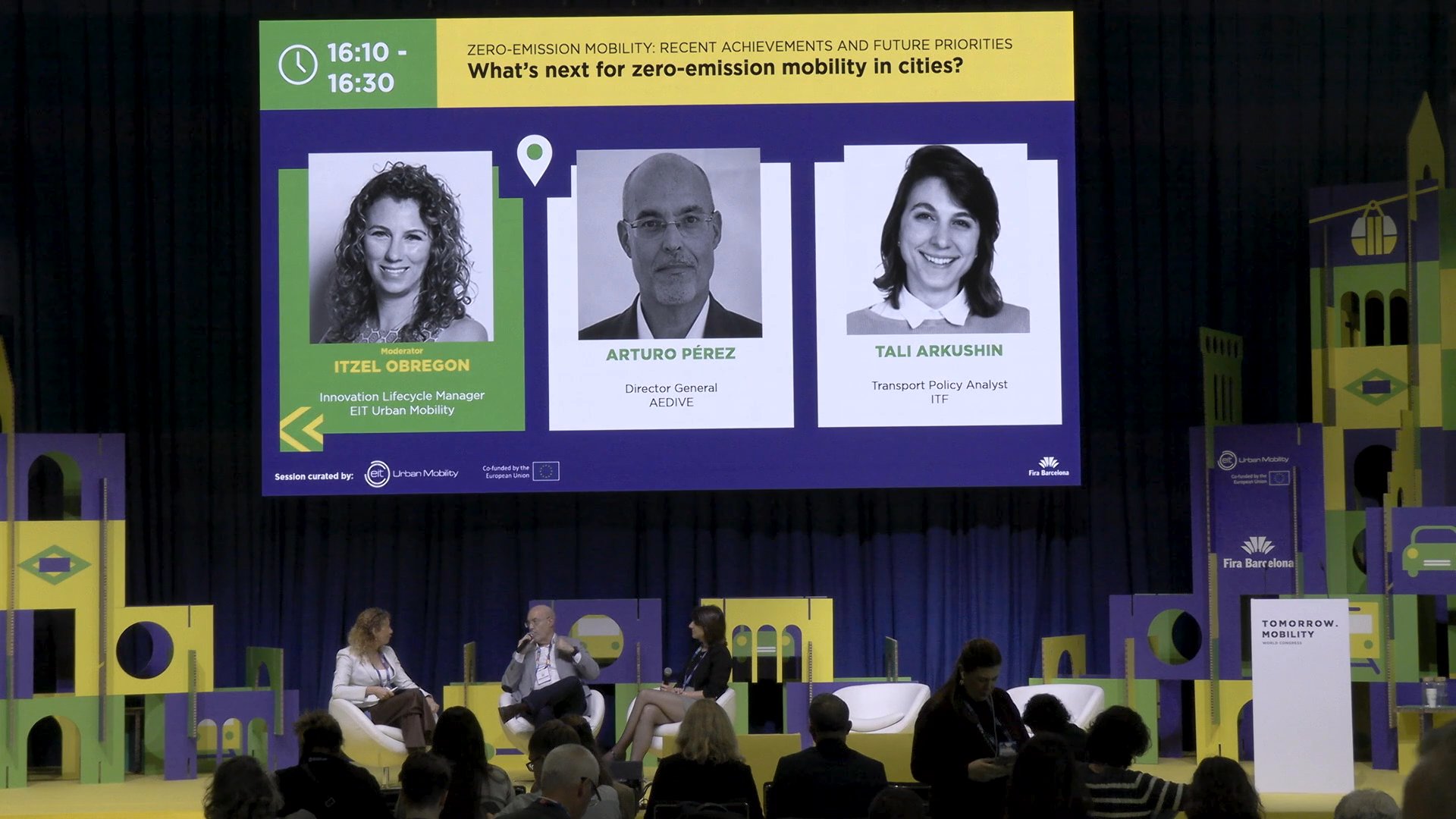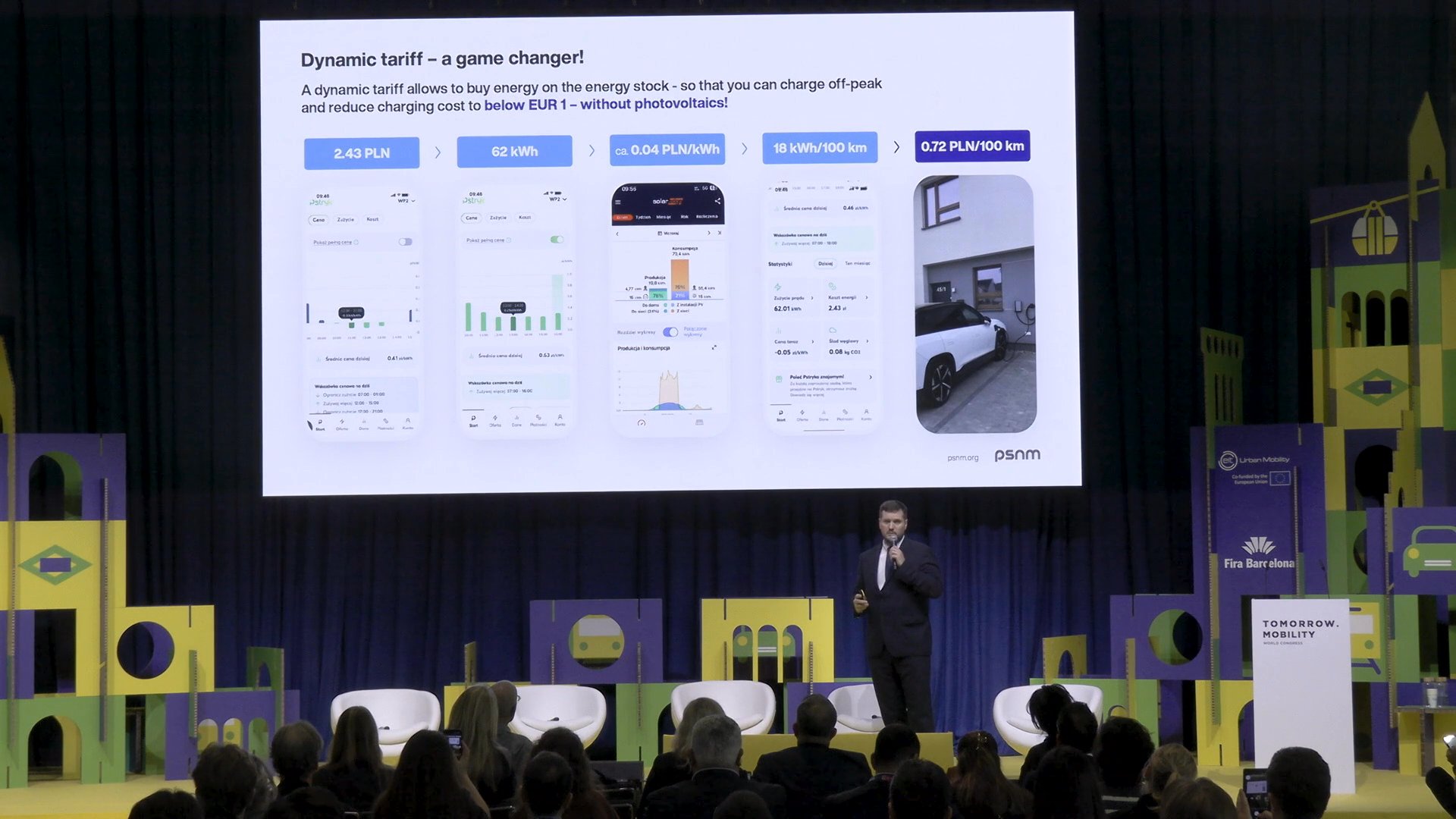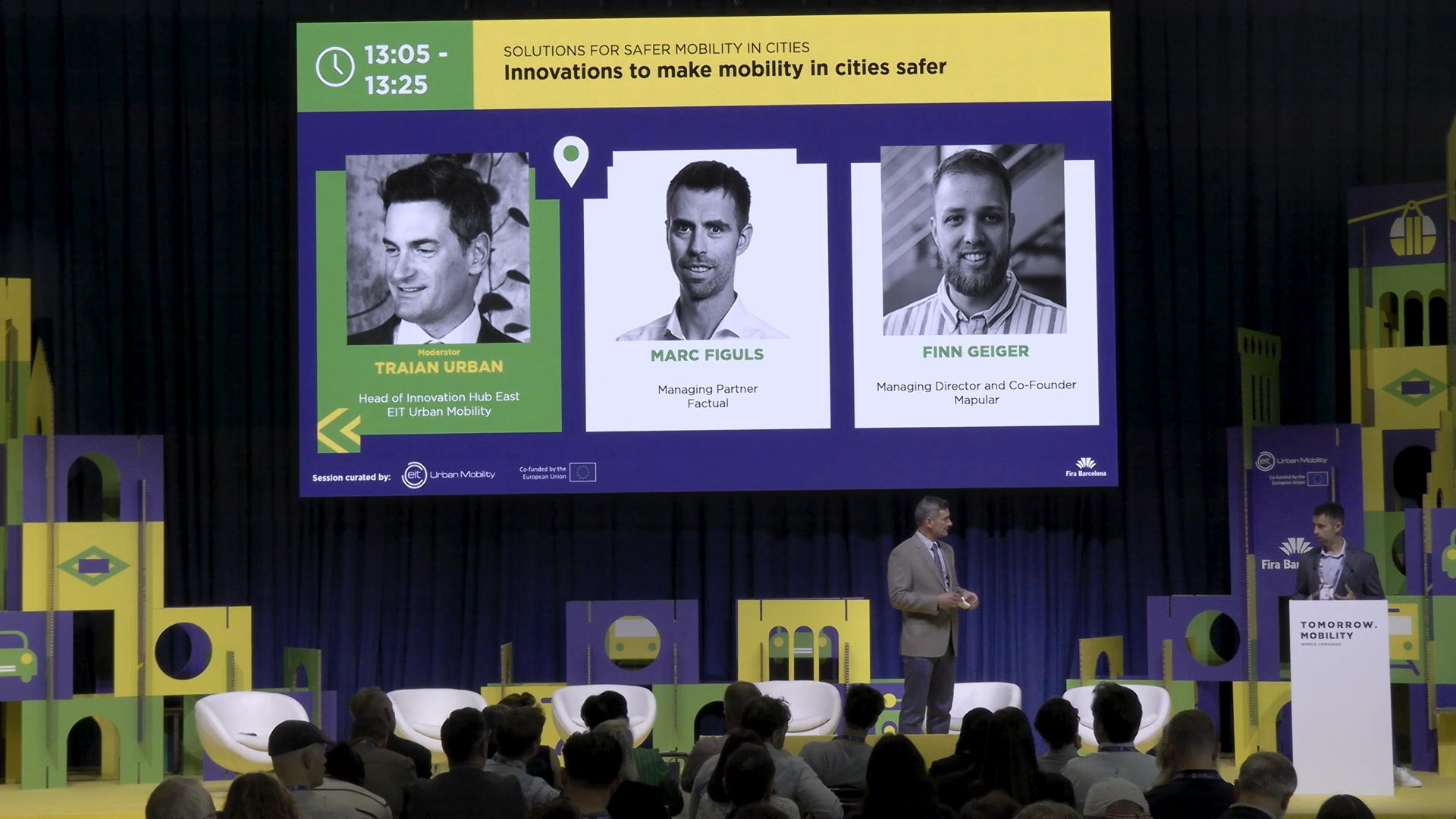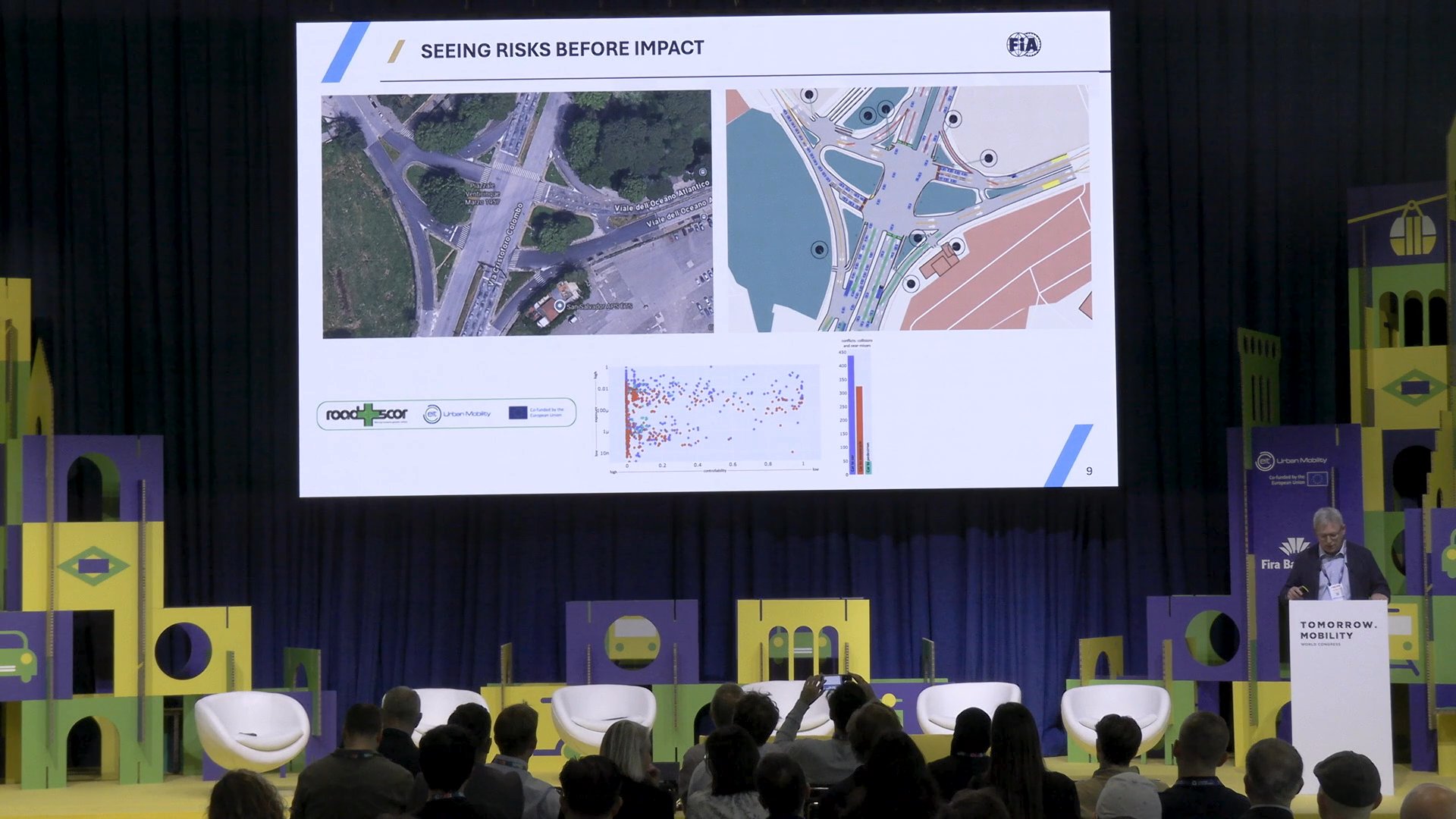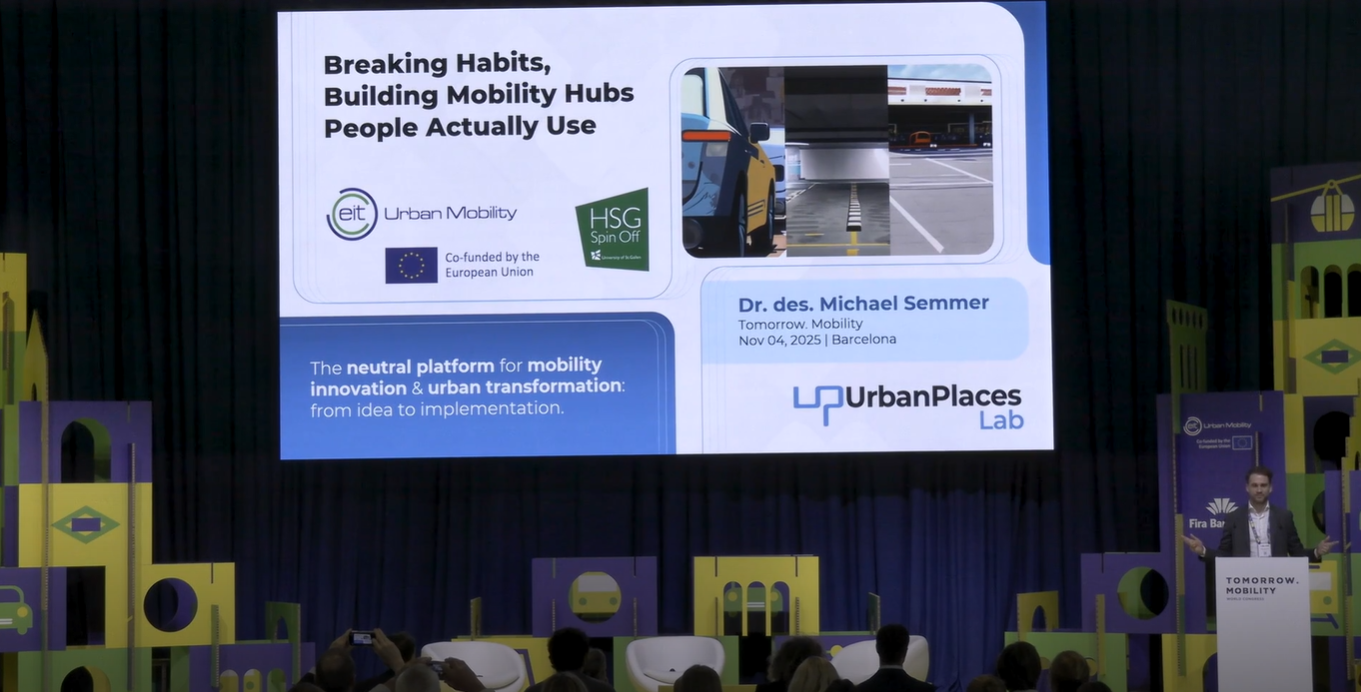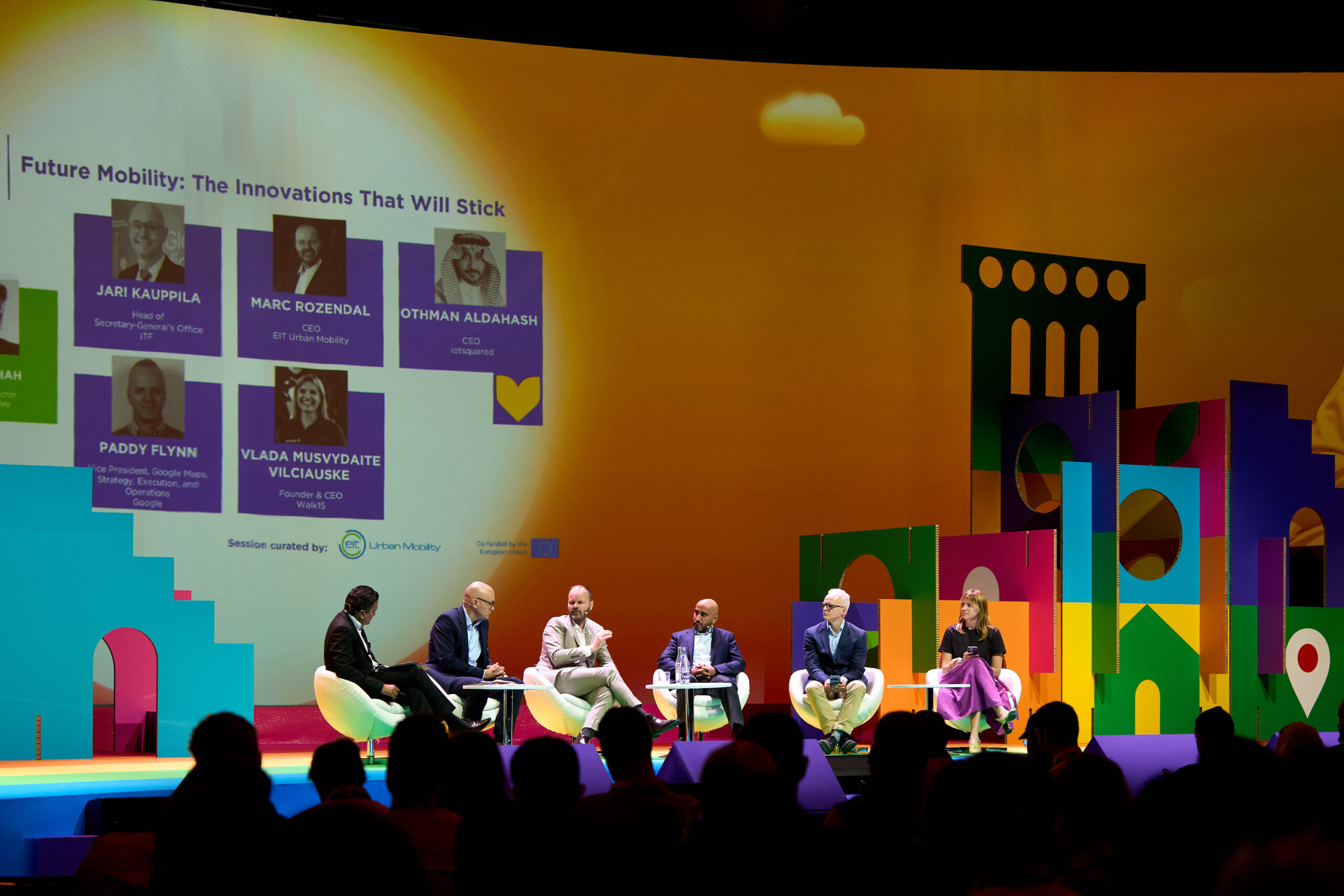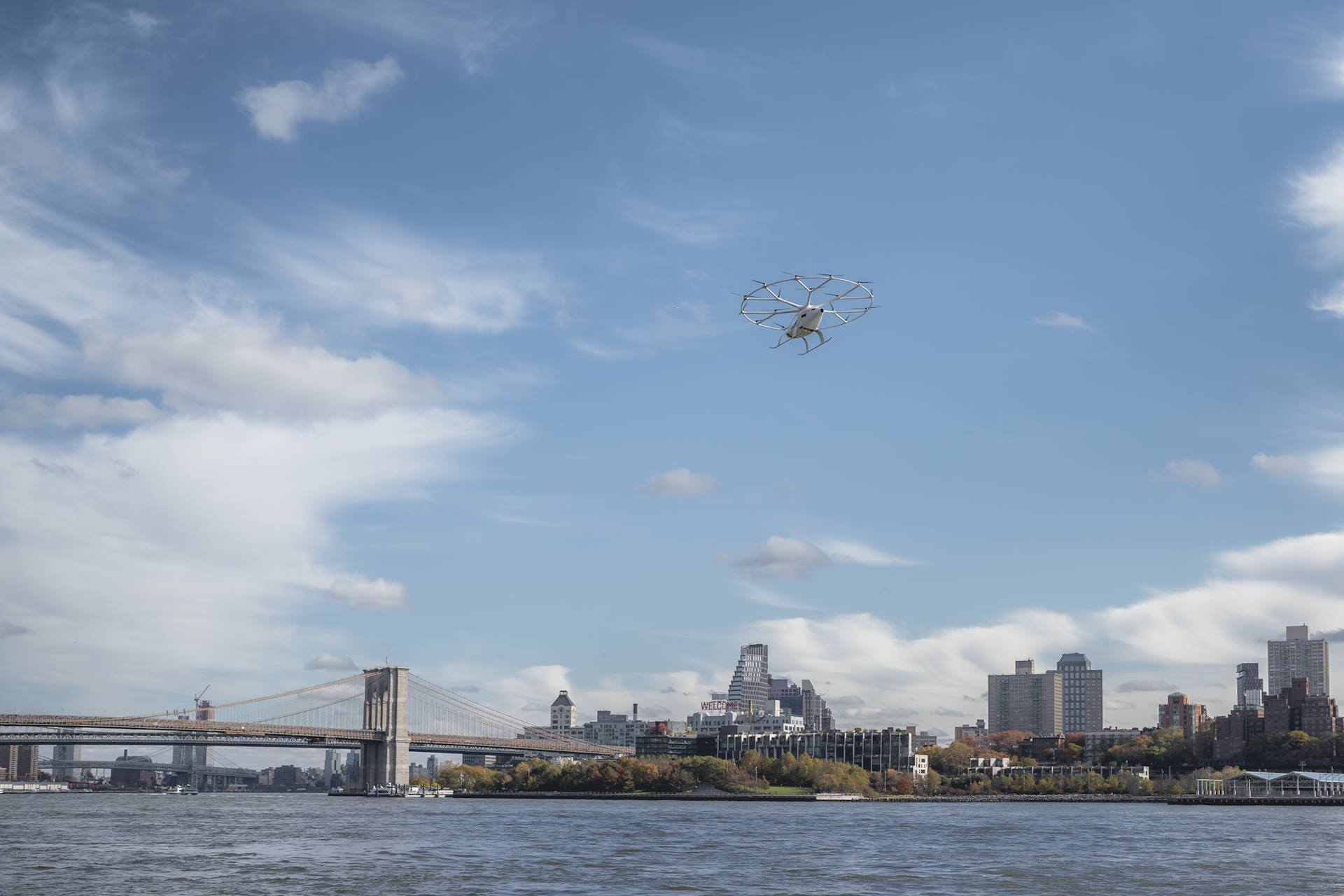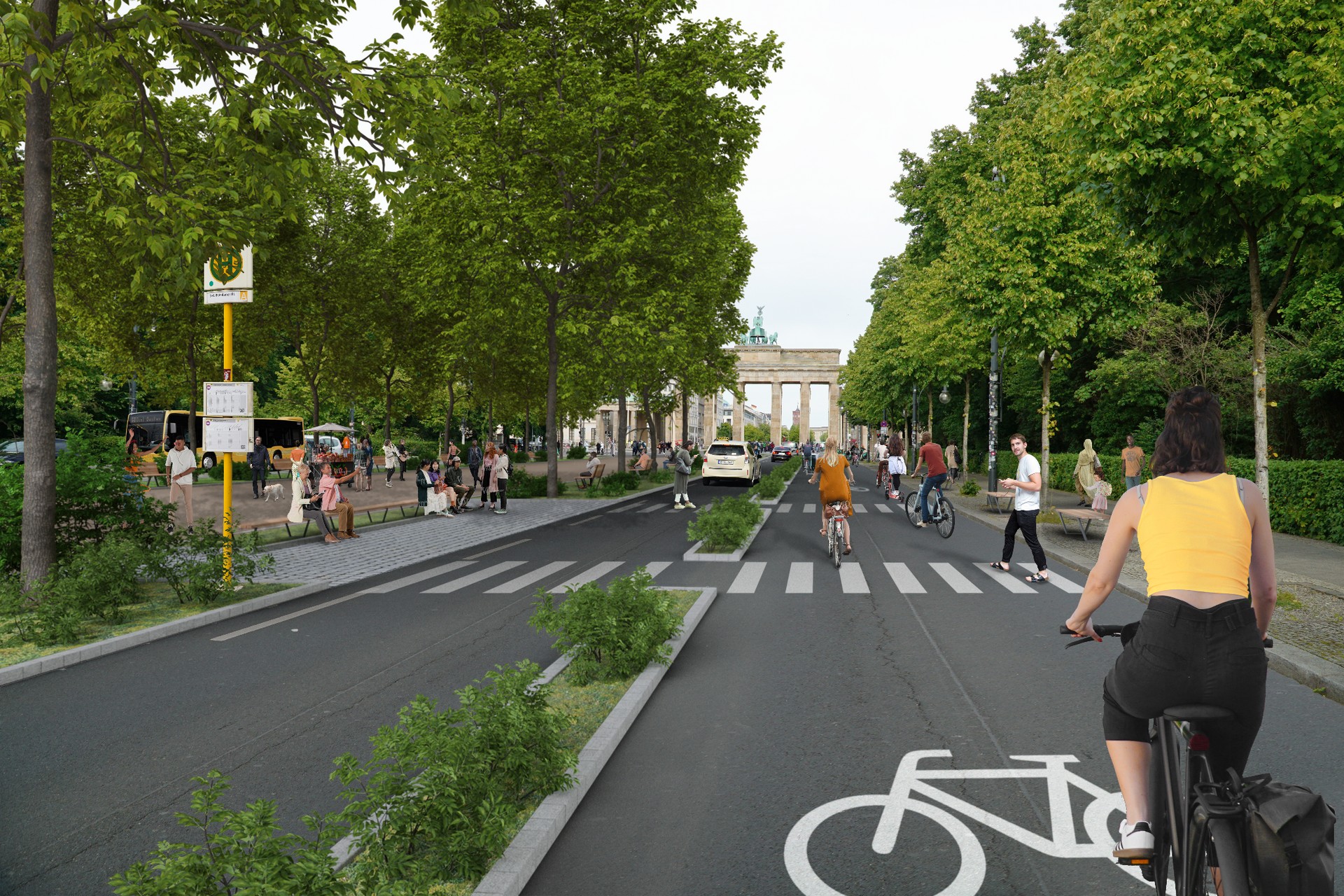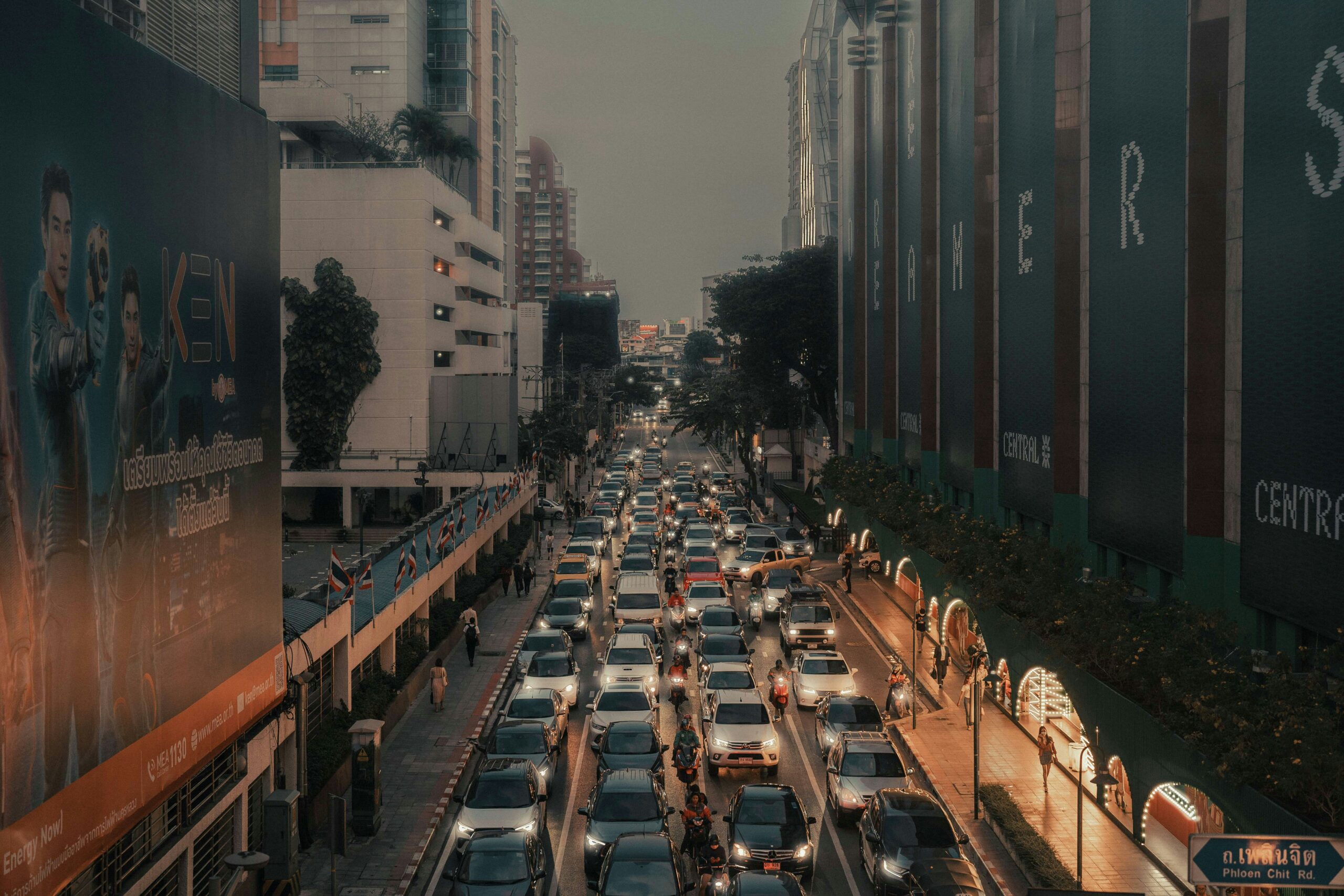Autor | M. Martinez @EuklidiadasThe electric buzzing sound vibrated off the walls of the pavilion of the 1939 World’s Fair. Futurama (New York), the international exhibition that promised visitors a glance into the future of cities, presented the first autonomous vehicle in history. The audacity of the time made it electric and connected. Eight decades later, time has proved those inventors right, who were way ahead of their time. In the most populous cities in the world we have been testing different urban mobility concepts for a long while, and that first vehicle seems to bring together a considerable part of current trends. Connected, electric, autonomous, and consequently, shared vehicles. That is the future of urban mobility.
Cities that embrace electric mobility
The greenhouse effect, increased by the contamination caused by our mobility habits, is greatly to blame for global warming which, in turn is leading to climate change. An even more pressing point is the fact that this contamination is toxic. Therefore, cities around the world are working on replacing the internal combustion engine with the electric engine.Amsterdam, Rome, Oviedo, Madrid, Barcelona, London… Many European cities have already restricted internal combustion traffic in city centres. Chengdu, Shanghai or Shenzhen are just some examples of this global phenomenon.The latter also introduced a complete fleet of electric buses at the end of 2017. According to official Shenzhen sources, a city with 12 million inhabitants has more than 16,000 electric buses (100%) and over 20,000 pure electric taxis (94.21% of all its taxis). This is just a small example of China’s leadership since, according to the World Economic Forum, around half the electric vehicles are sold in China and by 2025, they will make up one-fifth of the total national fleet.Cities such as Shenzhen (above) prove that the transition, which is much more gradual in the rest of the world, is possible. Most major cities are testing modest shared transport models to introduce electrification to their inhabitants. Others facilitate the use of electric transport (bikes, scooters, motorbikes) on the network to respond to the so-called “last mile” and prevent people from using private vehicles.
Autonomous mobility is here
When we mention autonomous vehicles, we think of cars and science fiction. Yes, robotic cars are more stable than motorbikes and easier to handle than vans or buses and therefore they are becoming the standard in robotic mobility. However, they stopped being just a fantasy a long time ago.Arizona, Florida, Michigan and Pennsylvania joined Singapore in 2018, which has been testing robotic taxis for a long while. They are not the only large cities to allow them, as illustrated by Paris or Madrid. NuTonomy, Waymo, NAVYA, Zoox, Didi, Uber, Ford, EasyMile or May Mobility are just some of the most popular brands in this market. But certainly not the only ones.In 2015, nuTonomy tested its first autonomous vehicle in Singapore and in 2016 it provided users with the ability to hail one of its vehicles via an app. At the end of 2018, Waymo opened and extended this strategy with some residents in Phoenix. This system is particularly interesting as it provides mobility for the elderly, people with visual impairments and children who are incapable of getting around independently at the moment.Furthermore, combined with electrification, autonomous vehicles include benefits not offered by other models, such as lower accident rates -the skill of robot vehicles is additive- and improved efficiency. These advantages compared with conventional mobility are three-fold:
- A lower number of autonomous and shared vehicles will free the streets of parked vehicles. According to most sources, private cars are parked 95% of their useful life.
- Robotic taxis will be driven in a much more moderate and less aggressive manner than by people. Accelerating and braking, even with electric vehicles, uses energy that can be avoided when the car in which we are travelling knows the route and speed of all other nearby vehicles.
- Likewise, there is consensus from most sources that the combination of autonomous and shared mobility will reduce greenhouse gas emissions by 80%. For this to be possible, vehicles must be connected.
Permanently connected vehicles
Today, many large cities such as New York, Beijing, Mexico City or Madrid, have started to regulate shared transport, focusing on personal vehicles such as scooters. The surge in these standard connected electric vehicles has caused some dispute in terms of road infrastructures; but they also provide lots of benefits.On-demand scooters or bikes, with built-in GPS chip and an embedded SIM, are an alternative with a lower impact on the last mile than larger private vehicles such as motorbikes or cars, particularly if these are combustion engine vehicles. They also enable intermodal mobility. Using the tube after taking a bus or changing lines easily, for example.Rather than getting left behind, traditional vehicles are rapidly adapting to connectivity. In 2016, just 15% of cars for sale in Europe were connected as standard and since 2017, only 22% of manufacturers included this system. However, in 2019, 100% of all vehicles manufactured will be connected, at least, by means of the mandatory eCall safety system.This connection will enhance mobility in cities but will require better telephone infrastructures. This is where reference to the 5G deployment is essential since, during the next decade, a trickle of autonomous vehicles will require low latency in order to make decisions within milliseconds.
Cities that use the generated data
The visible part of the future in cities is reflected as an electric taxi with no steering wheel and which we can hire per minute. However, mobility is very different to that homogeneous and clearly futuristic image. There is a growing number of vehicle types and more urban mobility models, not fewer, and this growth generates a vast volume of data that we can use.Today cities are seen organically, as different flows of vehicles and people that move at various rhythms that are statistically referred to as historical data. As in climate models in relation to rainfall, these historical data help us understand how people get about a city and, based on these, we can design new and improved urban policies.This is the ultimate aim of city councils: based on the evidence that we can now record like never before, they can draw up regulations to improve the lives of their inhabitants. Electrification is enabling us to make progress in reducing pollution; the goal of autonomous mobility is to achieve zero fatalities; and connectivity will allow us to minimise the impact on the environment.Images | istock/PredragImages, Richardcai, iStock/filipefrazao, iStock/Pietro_Ballardini






